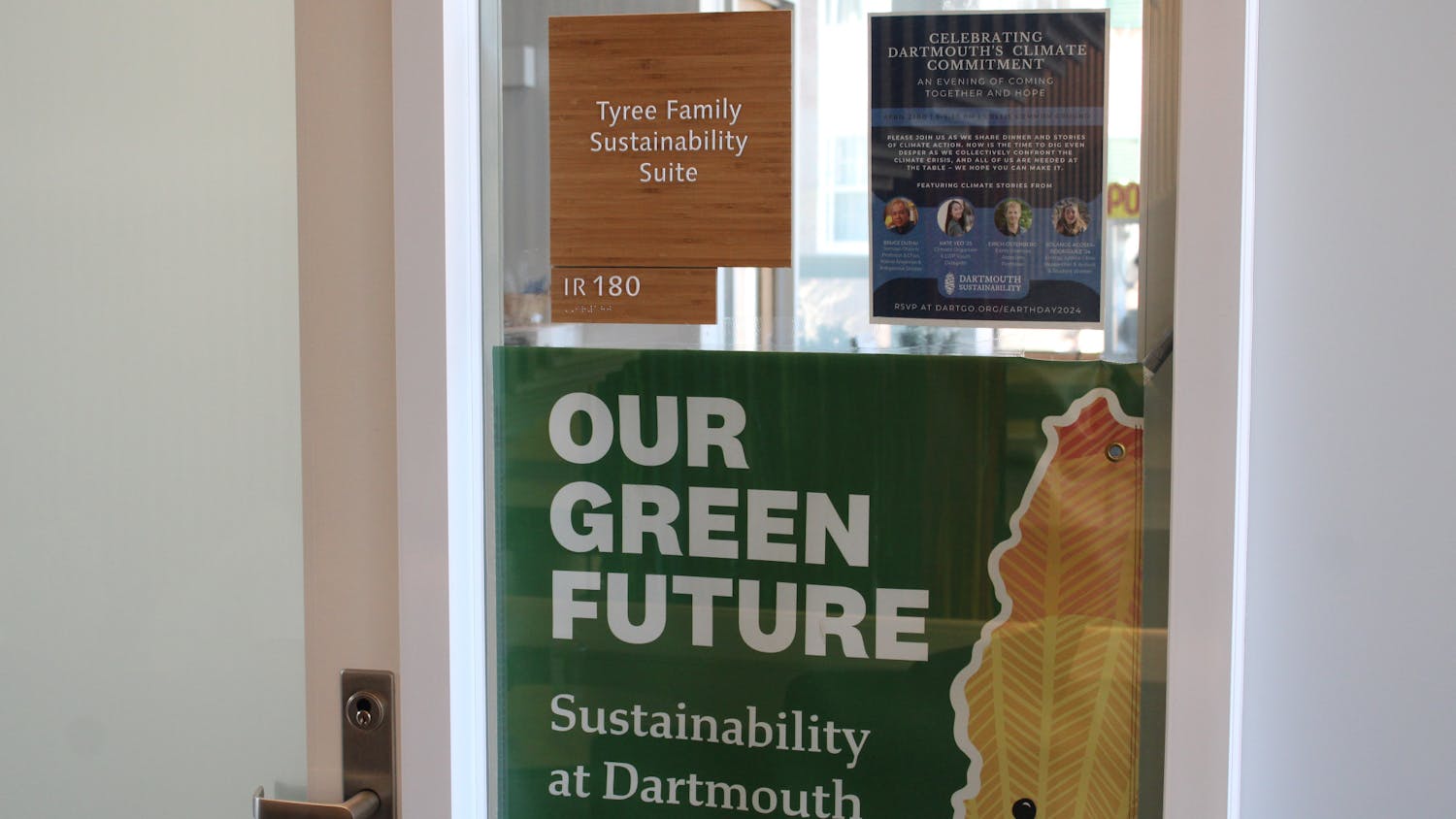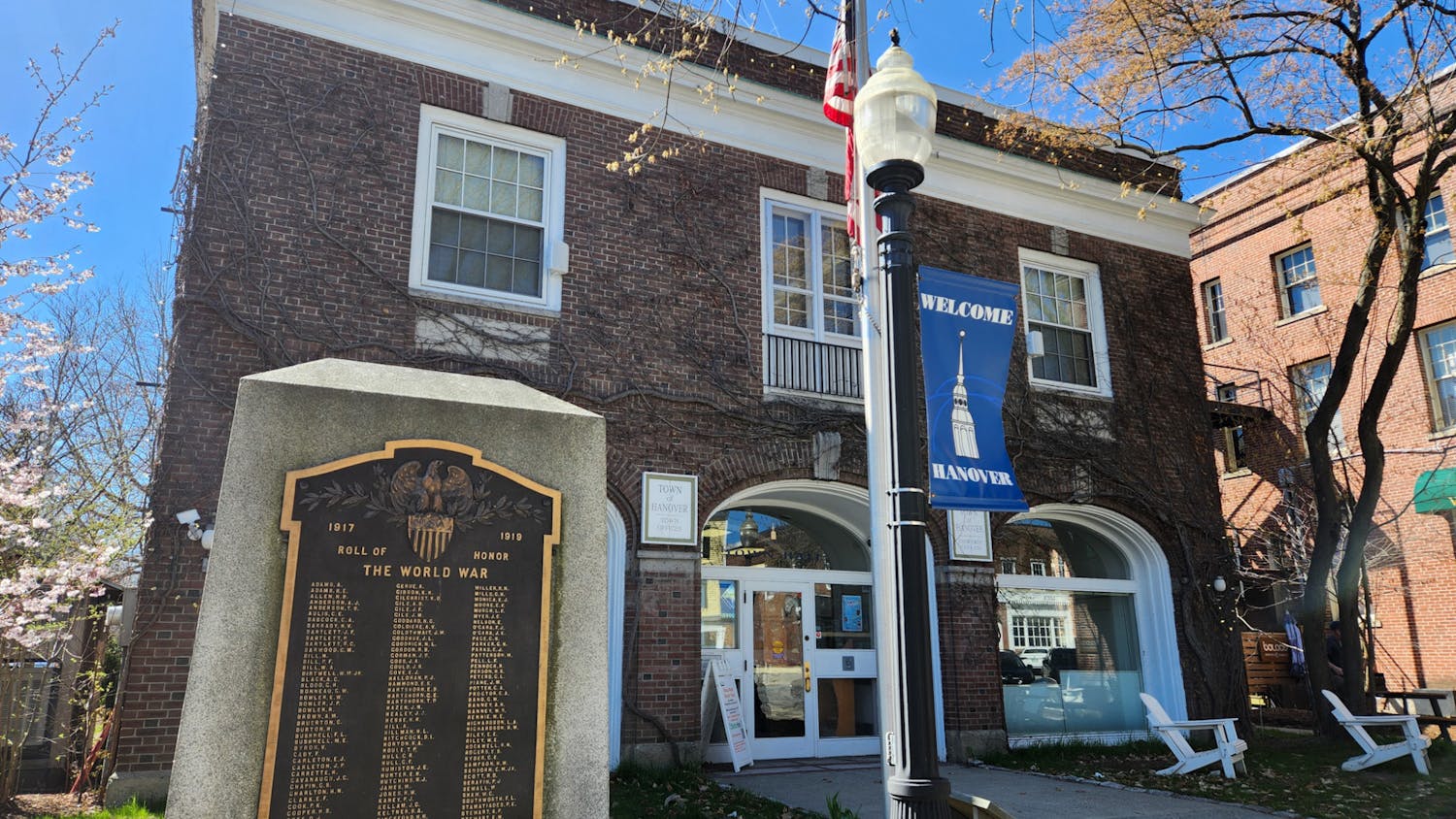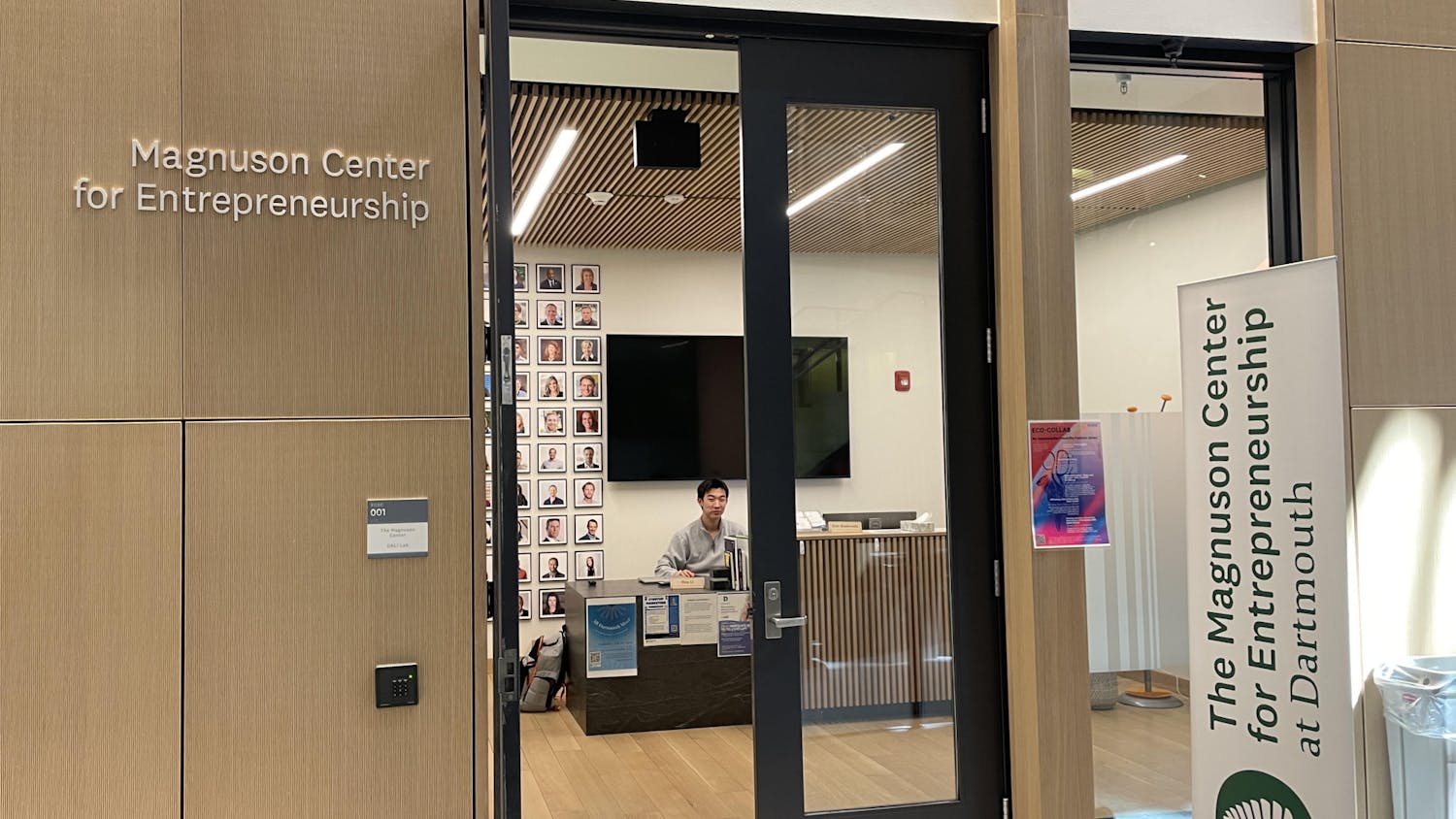More than 1,800 high school seniors will receive good news in their mailboxes over the next day or two -- a letter of acceptance to Dartmouth's Class of 2001, which was chosen from the strongest applicant pool in the school's history.
Along with the 389 students accepted to the Class of 2001 in December under the early decision plan, the College accepted 2,234 applicants of the total 10,643 who applied -- an acceptance rate of approximately 21 percent.
Last year, the College accepted 2,273 of 11,389 total applicants to the Class of 2000, an acceptance rate of about 20 percent.
Total applications to the College were down six percent this year, a trend mirrored across the country that Dean of Admissions and Financial Aid Karl Furstenberg attributed to a "fall off" of weaker candidates.
Furstenberg said the drop from last year in the number of students admitted is a result of the fact that wait-listed students have not yet been offered admission.
The newly admitted Class of 2001 bears the distinction of having the most accepted females -- 1,134 -- in the College's history. The incoming freshmen are also just the second class in the College's history in which more females than males were admitted. The College accepted 1,100 males this year.
While the composition of a class usually does not become evident until May 1 -- the date students must decide whether or not to matriculate -- Furstenberg predicted the Class of 2001 could be as much as 51 percent female.
.Minority students -- African-Americans, Asian Americans, Latinos and Native Americans -- comprise 29.7 percent of this year's admitted class, a 3.6 rise from last year. There were 662 minority students admitted this year and 595 last year.
Geographically, the Mid-Atlantic region again had the most admitted students, followed by New England and the West.
A total of 167 international students were accepted into the Class of 2001, 24 more than last year and 10 students more than in any previous class.
Furstenberg said the incoming class seemed to be more intellectually interesting than those of previous years. "The students are somewhat more focused, with a very high level of intensity ... yet not narrow-minded," he said.
He cited as an example a professional dancer who listed science as her main interest.
Furstenberg's claim is validated by the fact that the academic credentials of the admitted class is on par with or better than those of any previous year.
Thirty-one percent of the admitted Class of 2001 are valedictorians of their high school classes, 11 percent are salutatorians and 92 percent are from the top 10 percent of their high school class.
Dean Furstenberg said he is relieved at the end of the decision-making process: "I'm excited. Now the big question is who decides to come ... Now we have to wait."



